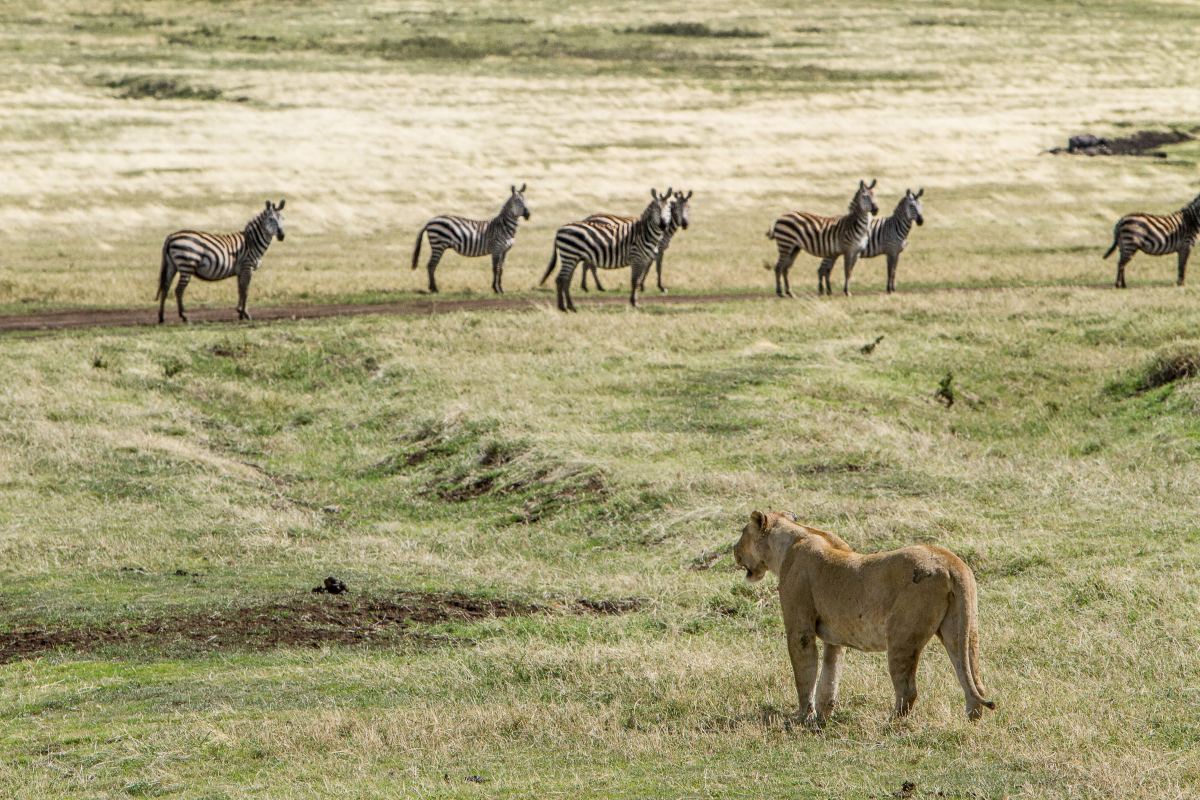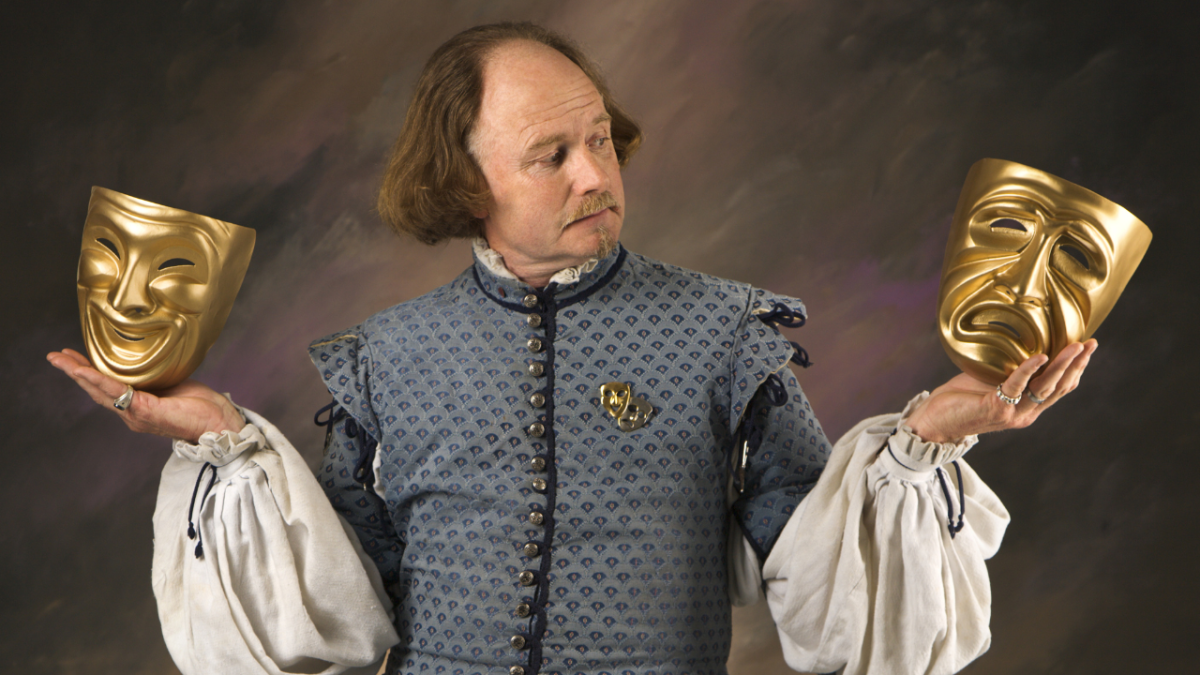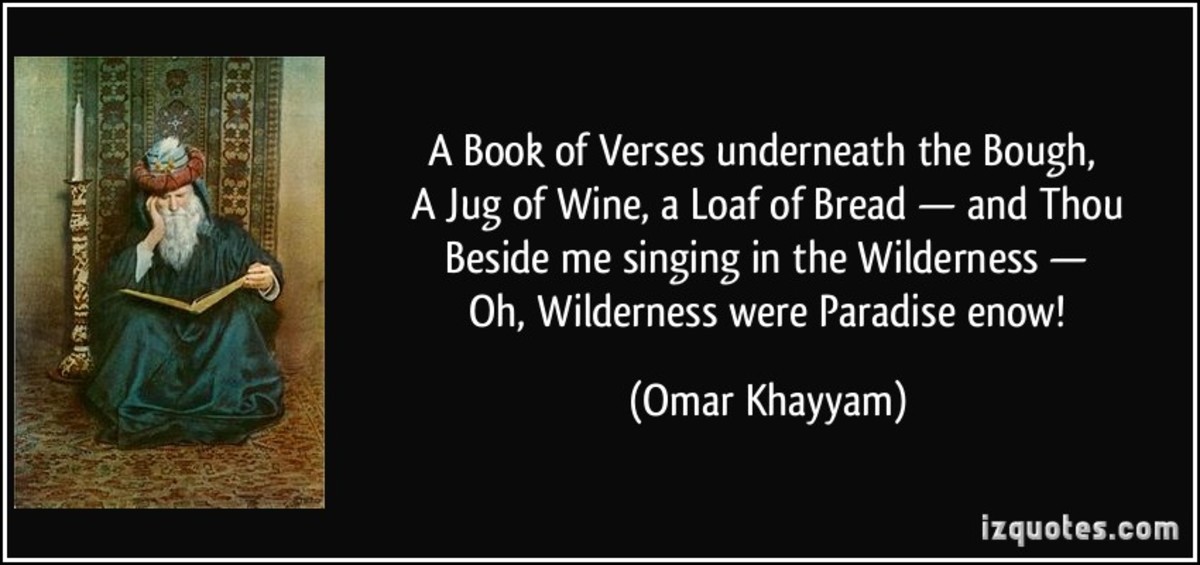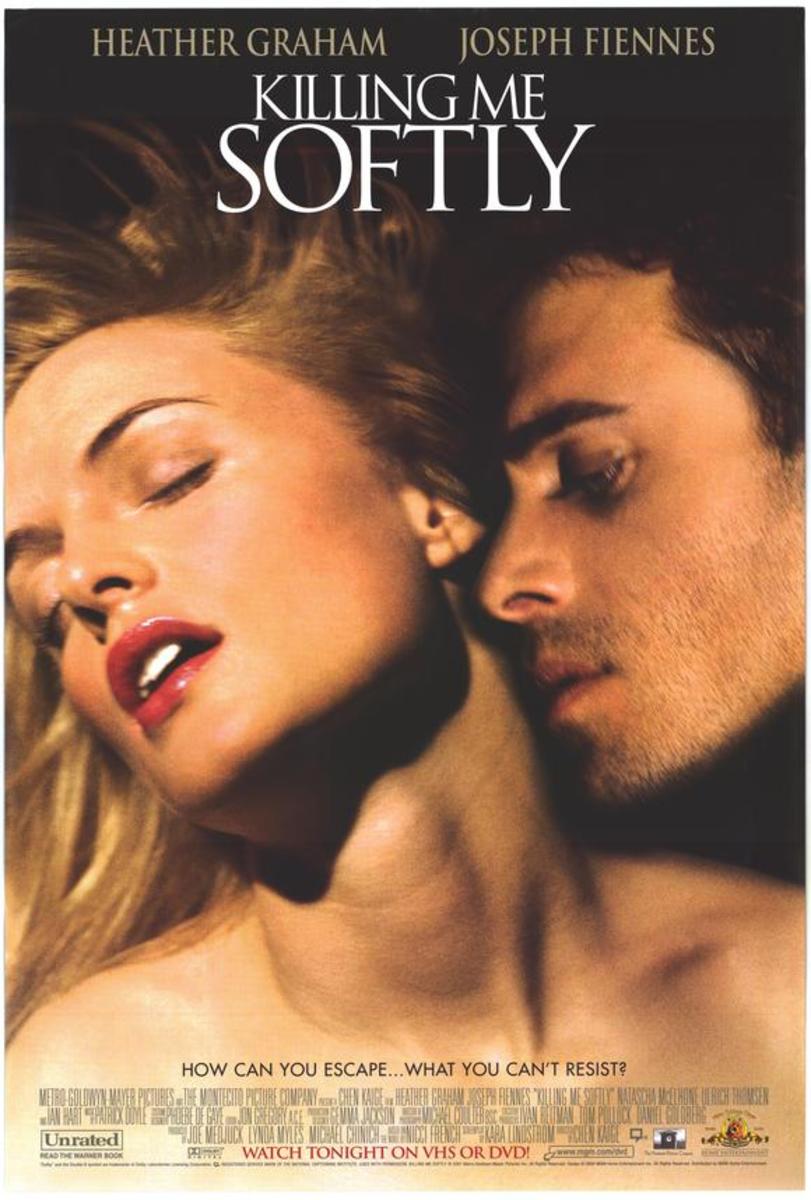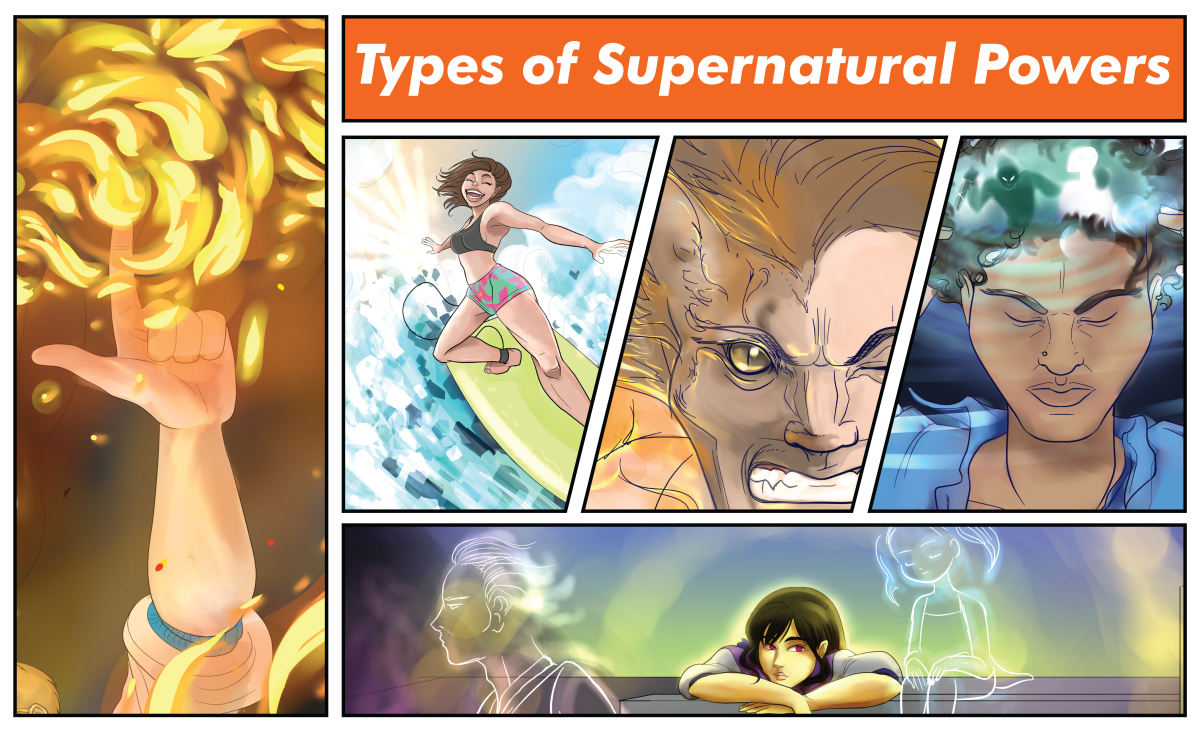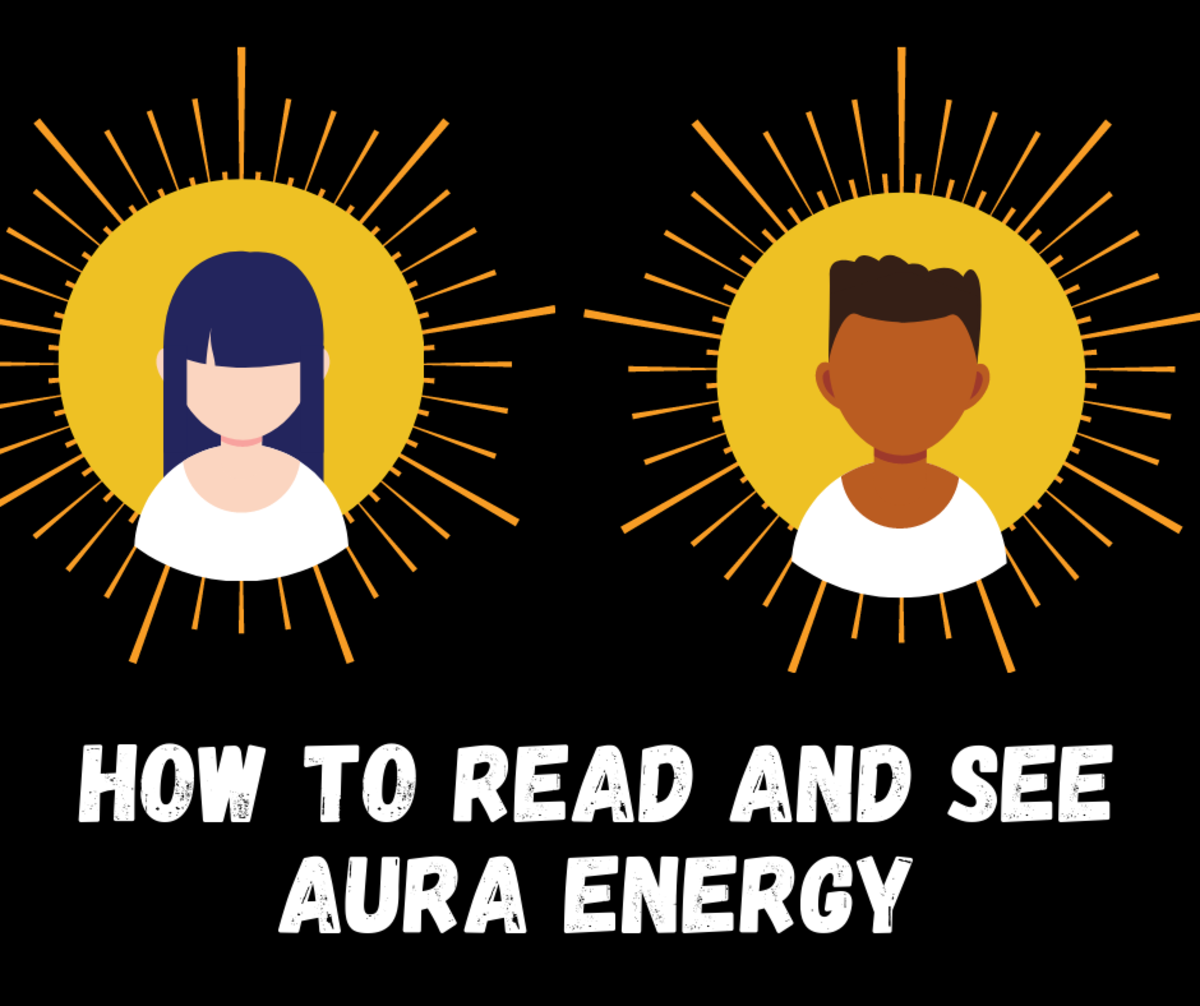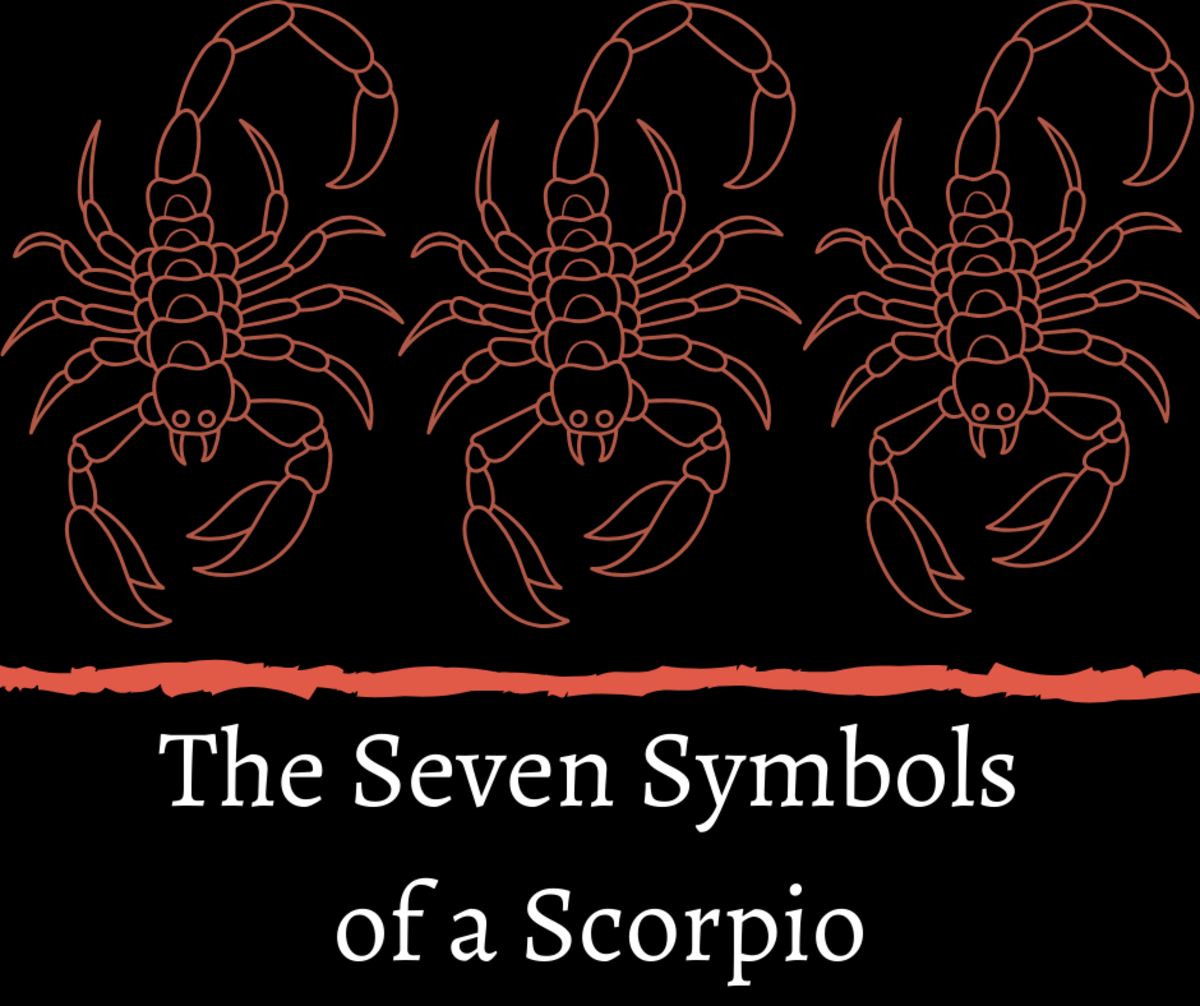Death in the Afternoon
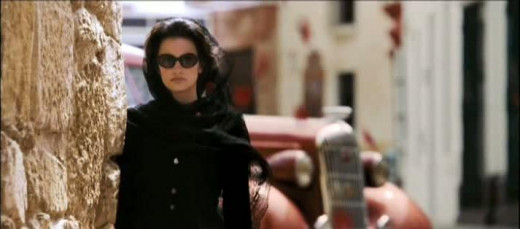
For those of us...
mysteriously drawn to red antiques and women in mourning, the modern age has little to offer. These arrive on Sunday afternoons on cobblestone alleys sidling down cream stone buildings whose walls reverberate with medieval bell tones harking back to an epic age where passions circumvented a terrain that words could eulogise or apologise for without killing.
Killing was reserved...
for other beings, one of which whose essence is internal, and the other — turned inside out, bearing her body on the inside and an essence called com-plot on the outside. Nevertheless, I do believe she came in three installments all capable of diverting the direction of thunderbolts.
Three installments and two pairs of gateposts, the first called lampstands and the second called olive trees. The first are easier to find because many a national poet — in fact, that's the job of the national poet — is to direct the population to those lampstands, because between these lies the pathway to the national anthem which sings praises to heroic action — heroic only because it worships nature (in which the entire oeuvre of Christ was originally embedded — at first).
And nature is not nature...
without death. It is something else, something castrated and sterilised fit only for rationalisation by bureaucrats and functionaries. And in this drama which repeats the cycles of the seasons and the moonlight, the hero is cast on a panoramic scale that demands a sacrifice either of the beast or the hero himself. How could it be otherwise?
But the drama falls short of tragedy until the hero is killed. It is only tragedy that bears the power to remind us that both the hero and the beast are created of the same essence of which one part has decamped to the stars and another to the bowels of the earth.
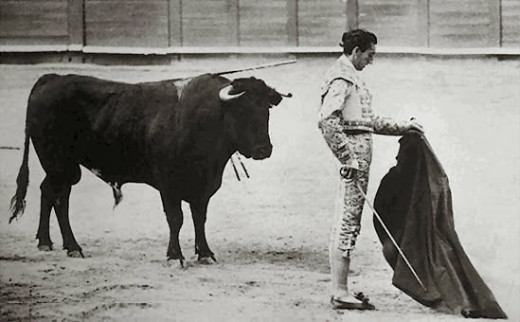
The death of the hero...
brings down the light from the stars and the death of the beast releases the heat of the earth (in symbol) and in actuality when the audience is participating (with the mind) not with the eyes, because the audience and the hero and the beast are of the earth.
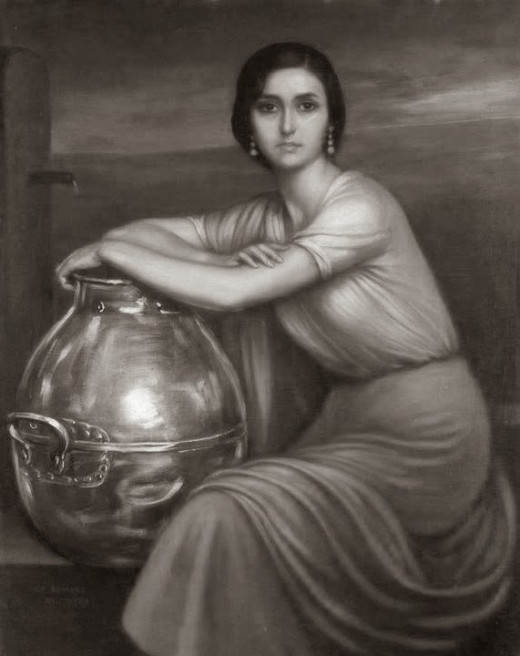
And women know this...
naturally, because the entire operation is repeated in the bedroom with every childbirth, the newborn bearing both the primal heat in his belly and the rosy fingered dawn in his eyes. In this world women did not need to become men and men did not need to become women — nature had preserved for them their own access to the "embodied movement of life," and their de-facto "equality" to themselves and the beasts by remaining faithful to nature.
However, one day...
there arrived an exception in the form of a mutation in the relation between Death and Eros that would forever change the world...ushering in civilization and new words without light that indeed did kill so often that the drama of the hero and the beast and of the virgin and the child became irrelevant. Death became so ordinary, life so cheap, that a new spectacle needed to be invented for disembodied movement and a new word to describe its spectators. It became difficult to discern the difference between male and female, rape and love, mind and machine, poetry and hyperbole, hero and traitor, zombie and mystic…
The only reminder came on odd Sundays at the edge of the old quarter past the two olive trees from the sight of that mysterious woman in the black ‘frock’ and the red Buick.
The Day Monolete was killed
- The Day Manolete Was Killed - YouTube
This is an edited version of a video produced by Barnaby Conrad. Once a bullfighter himself, Conrad's book, "The Death of Manolete", was recently republished...

